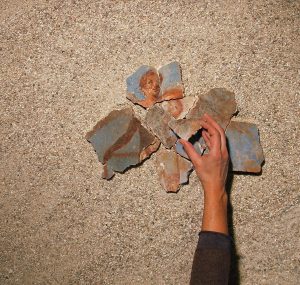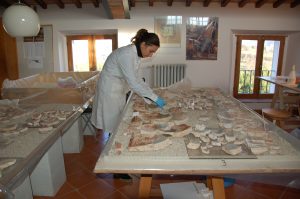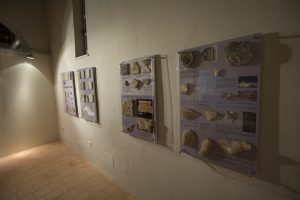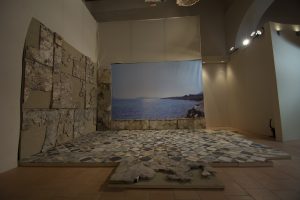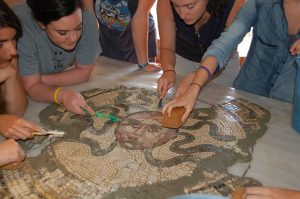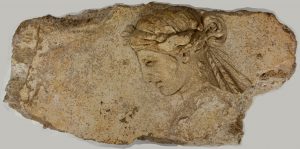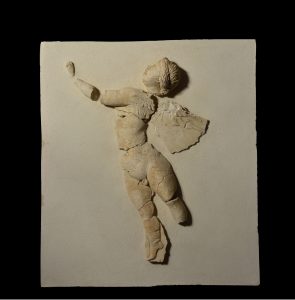Opus sectile
The Sant’Imbenia opus sectile restoration program aimed to reconstruct as many of the fragments as possible and position them on a new support. The goal was to restore formal unity, and with it, aesthetic and archaeological significance, to a decorative surface of extraordinary importance.
Operations carried out included preliminary cleaning, study, documentation and classification, search for joins, adhering the fragments together, reconstruction, application on a new support, cleaning, stuccoing and surface consolidation.
It was essential to maintain information on the fragments’ provenance during all phases of the intervention. This included the original location within each crate; the stratigraphic unit; excavation year and place of provenance.
Following a preliminary cleaning, the search for joins resulted in formation of sets of coherent fragments, initially ordered by marble typology and later by decorative type. At the end of the process, 333 opus sectile elements were reconstructed, most of them entirely (triangular, square and rectangular slabs, one circular element and the corresponding quadrangular borders), for a total of approximately 1000 reassembled fragments.
Once the search for joining fragments and the reconstruction of single marble elements is complete, the subsequent step is to assemble decorations as a whole, positioning the elements according to a formal scheme. A model showing the stratigraphy of the opus sectile’s preparation layers was created using original marble slabs, and is on display in the Museo della Città of Alghero.
The marble typologies used in the Sant’Imbenia opus sectile include families of marbles that were greatly appreciated and widely employed in Roman buildings. Among these, white statuary marbles of fine and medium grain, various types of alabaster, pavonazzetto, giallo and verde antico, cipollino, portasanta, and green porfido from Greece (serpentino). Most of the marbles are imported, and some, like pavonazzetto and giallo antico, were highly prized in antiquity and very costly, particularly for a private client.
The reconstruction follows a diagonal scheme, in a rectangular form that adapts well to museum spaces. On one hand this interpretative hypothesis may be revisited in the future, if new elements were to emerge in the course of archaeological investigation. On the other hand it presents the visitor with a coherent whole that exemplifies the decorative, material and technical richness characteristic of the room.
Overall the treatment resulted in the reassembly of about nine square meters of opus sectile, for a total of 1054 stone elements mounted on a support.













